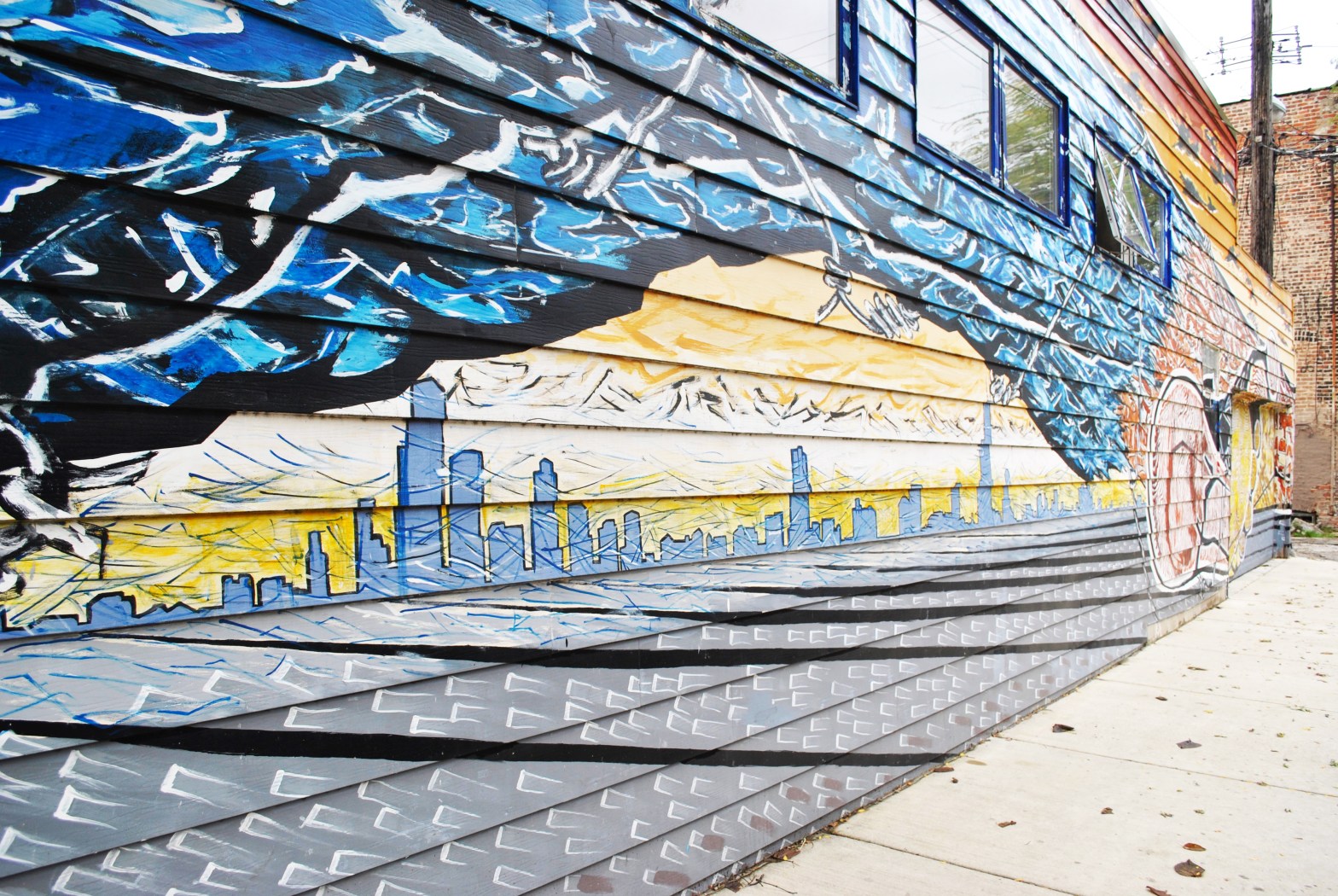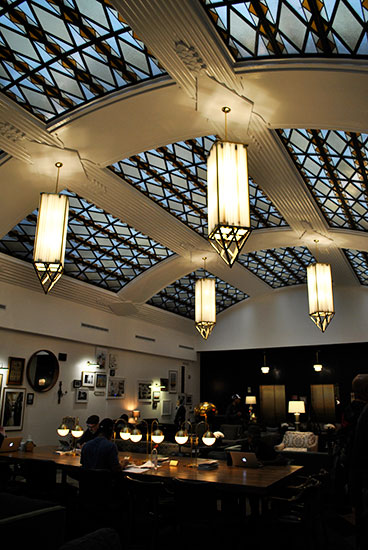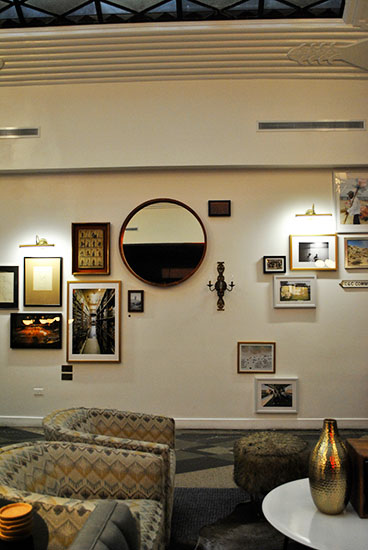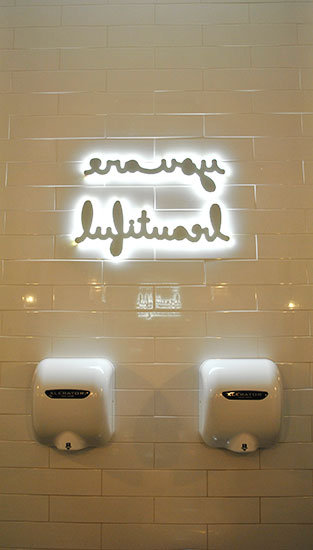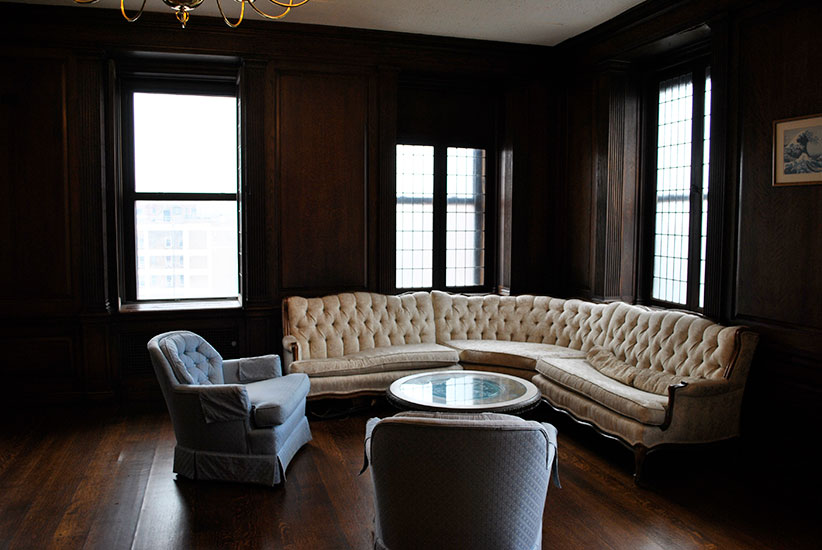Take a look into three very different sites of Open House Chicago 2017 across three very different Chicago neighborhoods: the Loop, Edgewater, and Pilsen.
What it is:
Hosted by the Chicago Architecture Foundation this past weekend, Open House Chicago allows public access to over 200 buildings throughout Chicago, many of which are usually private – all for free.
The event offered access to residential and business buildings in the following neighborhoods:
- the Loop
- Bridgeport and Back of the Yards
- Bronzeville
- Edgewater
- Evanston
- Englewood
- Garfield Park and North Lawndale
- the Gold Coast and Near North Side
- Hyde Park and Woodlawn
- Lakeview
- Lincoln Park
- Lincoln Square and Ravenswood
- Logan Square and Avondale
- Near West Side
- Oak Park
- Pilsen
- Portage Park
- South Loop
- South Shore
- Ukrainian Village
- Uptown
- West Town
Who went:
Jessica Zelen, 42, who lives and works in Grayslake, Il., attended Open House Chicago in previous years and again this year.
Although Zelen and her husband stayed in the Loop this year, she plans to explore other neighborhoods next year.
“I would like to go further south. There is some unique architecture on the South Side,” Zelen said. “But I love the fact that you can see so many places that you usually can’t get into.”
Graphic designer Lisa McGill, 29, and boyfriend Jorge Arroyo, a 29-year-old lab tech, attended Open House Chicago for the third time. “We love exploring new places in Chicago,” Arroyo said.
Last year the couple attended sites downtown; this year they visited sites in Logan Square, Lakeview, and West Town.
“Chicagoans are very proud and very in love with their city… getting to explore the city is always fun for residents,” Arroyo said.
“I think the cross between historical sites and modern sites is what makes people really want to come,” McGill added.
Amanda Bergeron, 22, had planned on attending Open House Chicago this year before work obligations came up, but initially wanted to attend since it’s free and would have allowed her to explore parts of the city she has never seen before.
Bergeron said she was mostly attracted to sites in the Gold Coast and Near North Side. “I want to see how rich people do things,” she said.
Although Bergeron was unable to attend, she said Open House Chicago shows how “connected” Chicagoans can be. “The open access is inviting to both locals and visitors,” she said.
The sites:
The Golden Triangle, Downtown
330 N. Clark St.

The Golden Triangle sells antiques hand-picked by the owners from countries across Asia and Europe, most of which cost thousands of dollars. The business also does custom work.
Sales Manager Heriberto Rodriguez, 25, said the store started off buying antiques from Thailand in 1989, then gradually started buying from other countries such as India, China, Pakistan, France, Hungary, and Italy.
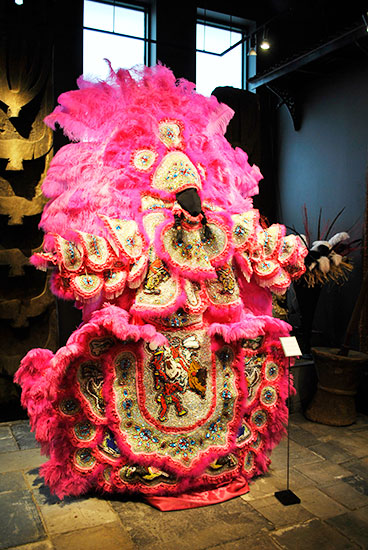
“The Golden Triangle is a unique place for rare furnishings from all over the world. The owners go on buying trips and select unique artifacts, furniture pieces, and light fixtures to be sold here in our store in Chicago,” Rodriguez said.
Given the historic quality of the items The Golden Triangle sells, the prices are nothing to scoff at. Rodriguez said the most expensive item he ever sold was a painting for $50,000.

Edgewater Beach Apartments, Edgewater
5555 N. Sheridan Rd.

Previously the Edgewater Beach Hotel complex, the Edgewater Beach Apartments is the only remaining building. Designed by Benjamin H. Marshall, the light pink, Spanish-style building was created to attract plenty of natural light. In 1994, the building was placed on the National Register of Historic Places.
27-year-old Felipe Huerta, manager at Aramark Uniform Services, enjoyed the Edgewater Beach Apartments due to its historical background.
“It always looks amazing driving by, and the fact that it’s so highly desired by Chicagoans shows that its history attracts people,” Huerta said.
The building has a pool, which used to be accompanied by a dining room, and still has the original signage for the building’s valet, barber shop, and pharmacy.
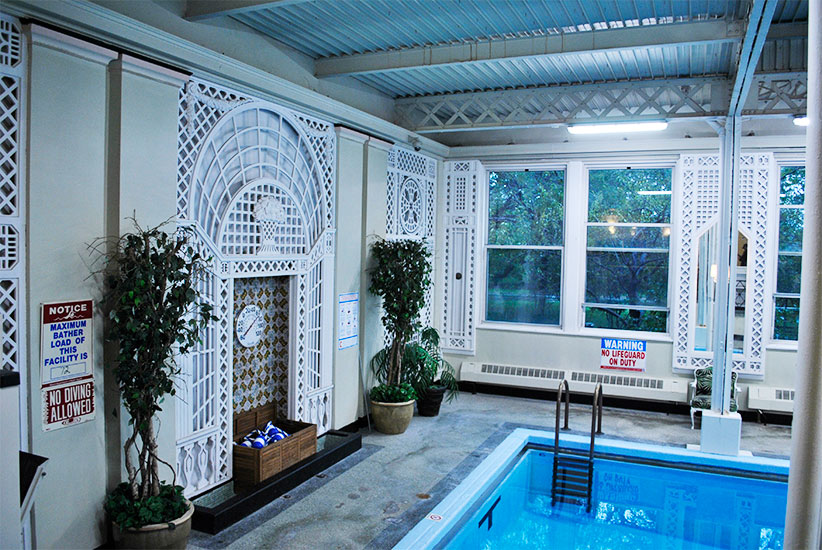
“The pool, barber shop, and valet areas make you wonder, who got their haircut here? Who were the famous people that stayed here? Who walked these halls?” Huerta said. “You can imagine the pool area, eating dinner and talking about different topics going on in those times.”
Héctor Duarte Studio, Pilsen
1900 W. Cullerton St.
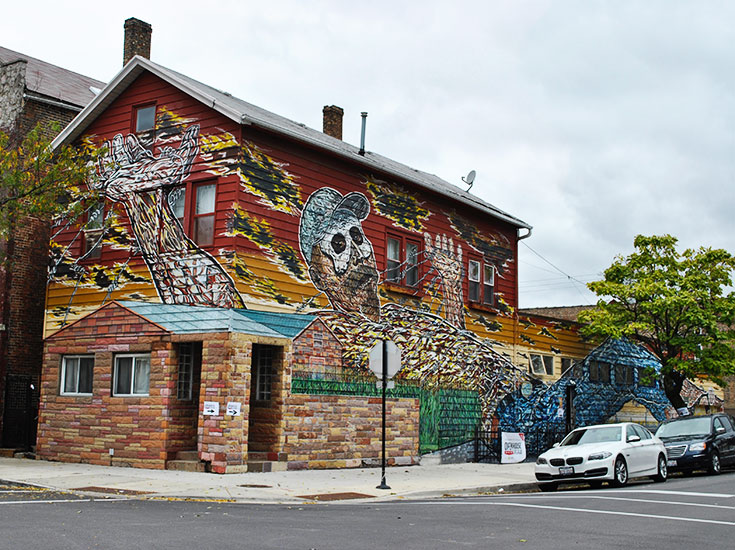
The studio and home of muralist Héctor Duarte is covered in his “Gulliver in Wonderland” mural, which covers about 3,000 square feet of the building. Inside the studio, Duarte’s ongoing pieces are on display for visitors to observe. Duarte, who moved to Chicago 25 years ago from a small village in Mexico, focuses much of his work on issues of identity and immigration, and has made over 50 murals in Chicago.
In a recent interview, Duarte told the Chicago Architecture Foundation he enjoys being able to “open my door and share my studio and message with people.”
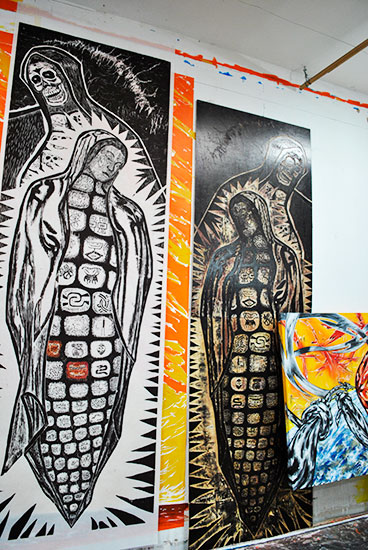
“Art is typically only seen in its final, finished state…” Duarte said. “Those who visit my studio get a window into the creative process.”
Duarte is currently working on a mural to be posted at 11th Street and Wabash Avenue.
Other photos:
What’s next:
It seems Open House Chicago 2017 was a hit. Check back with Open House Chicago for updates on next year’s event, and in the meantime, explore #OHC2017 on Instagram to see what you missed.
